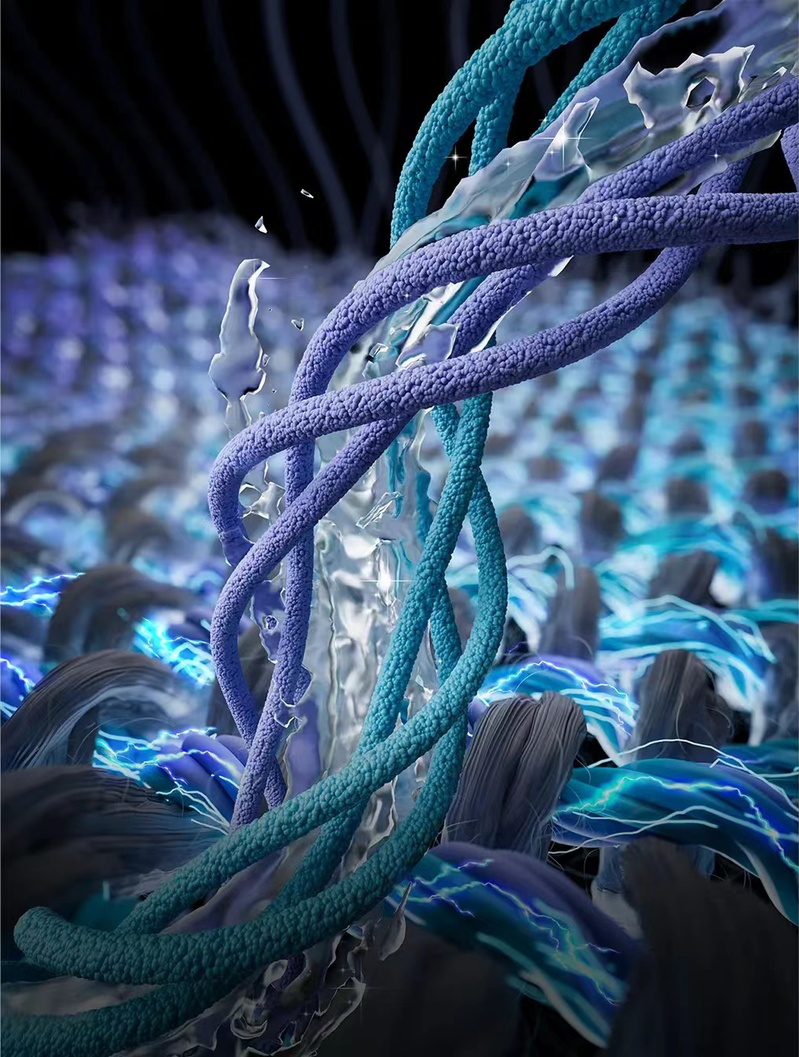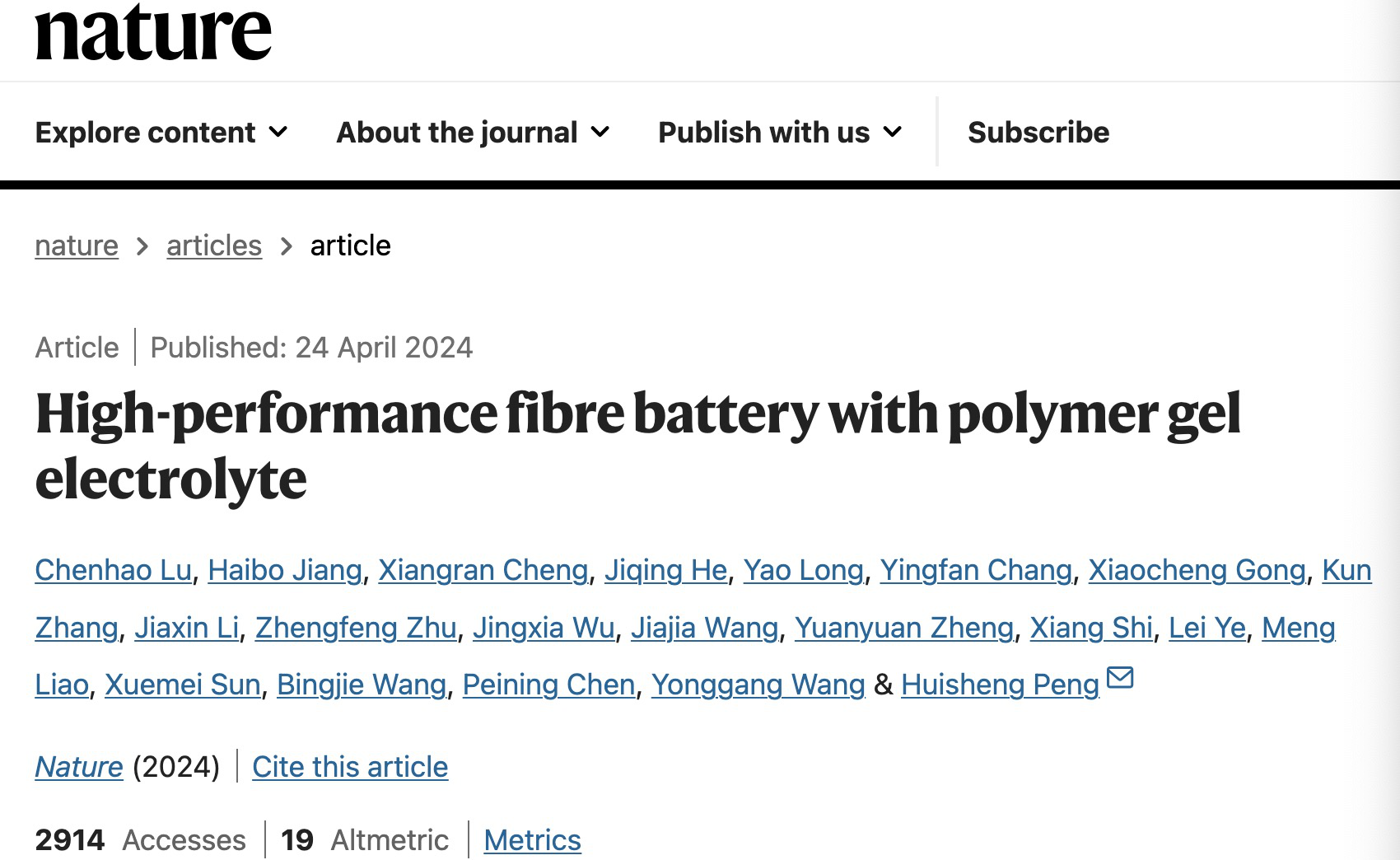China Makes Breakthrough with Wearable Batteries That Can Charge Cellphone
A+ / A-

Researchers from Fudan University in east China's Shanghai have designed samples of leather and canvas bags that look no different from ordinary ones but are embedded with the flexible fiber batteries. Jiang Haibo, a researcher on the team, said such a bag can wirelessly top up a mobile phone battery's charge by 20 to 30 percent in half an hour.
Such technology may also provide effective power for heated suits that could be used in winter, the researchers said, adding that bags and clothes with the fiber batteries can now be charged via wires or wirelessly and could possibly be integrated with solar energy in the near future, realizing the combination of energy storage and harvesting.

An illustration shows why it is difficult to replace the organic liquid electrolytes with polymer gel electrolytes, as the polymer gel electrolytes are like jelly and easily slip off fiber electrodes. /Fudan University
The Fudan team has established a pilot production line and achieved a production capacity of 300 watt-hours per hour, which is equivalent to the battery produced per hour capable of charging 20 mobile phones simultaneously, said Peng Huisheng, a leading researcher in the study and an academician with the Chinese Academy of Sciences.
This fiber battery shows promise for applications in firefighting, disaster relief, polar expeditions and aerospace, Peng added.
Peng said the team began working with flexible fiber lithium-ion batteries in 2008 and had solved a major problem in the latest study: how to use safe polymer gel electrolytes instead of the organic electrolytes commonly used in earlier fiber batteries.

A screenshot of the study published in the journal Nature, April 24, 2024.
Replacing conventional liquid electrolytes with polymer gel electrolytes is a highly effective strategy for enhancing the flexibility of wearable batteries. However, the inadequate wetting at the interface between the polymer gel electrolyte and the electrode degrades the electrochemical performance, particularly when the battery undergoes deformation.
The Fudan team have drawn inspiration from the natural phenomenon where ivy and plant vines are tightly entwined to form multiple electrode fibers rotated together to form aligned channels. The surface of each electrode fiber was designed with networked channels.
According to the study published this week in the journal Nature, the monomer solution was infiltrated along the aligned channels and then into the networked channels to form a gel electrolyte. The team managed to fabricate fiber lithium-ion batteries with lengths of several kilometers and a high energy density that can effectively provide power for electrical devices like drones. (CGTN)
